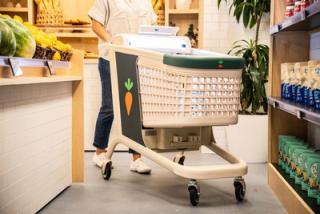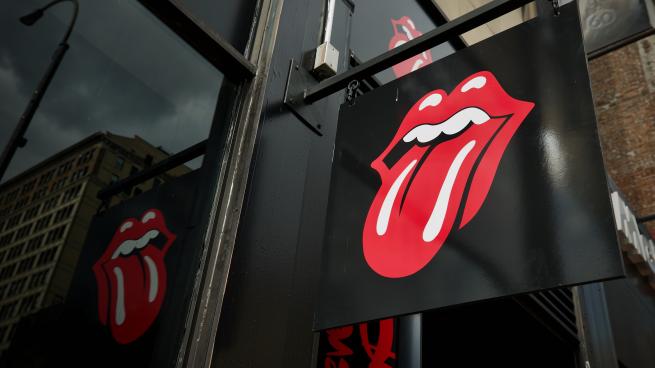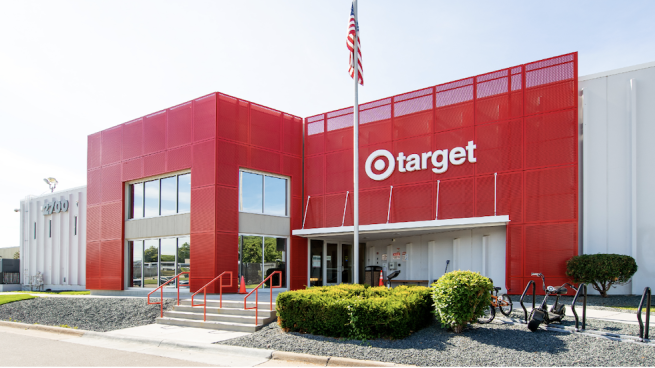Three takeaways from Instacart’s planned IPO

Now that Instacart intends to go public, it’s time to assess what this means both for the grocery technology company and the broader industry.
Instacart recently filed a registration statement on Form S-1 with the U.S. Securities and Exchange Commission related to a proposed initial public offering of its common stock. This is a big step for the company, which plans to list its common stock on the Nasdaq Global Select Market under the symbol "CART,” and here are three ramifications:
Same-day delivery can be profitable, if you do it right
Same-day delivery equals last-mile delivery, which is an inherently expensive process. Some pundits have predicted that the same-day delivery model is not sustainable as a widespread offering because it simply eats away too much of the profits from the online order being delivered.
However, in its SEC filing, Instacart, which is still primarily a provider of third-party same-day delivery services (more on its tech offerings in a moment), reported some impressive financials for fiscal year 2022. These included swinging from net loss to over $400 million in profit, roughly 40% growth in both transaction and total revenue, all while delivering over 260 million orders (roughly 20% year-over-year increase).
Clearly, Instacart has figured out how to profitably deliver orders the day they are placed (often within an hour or two). Consider the model: independent contractors using their own vehicles pick items from someone else’s store. By eliminating overhead, Instacart is reaping the gains of its investment in the underlying technology and strategy supporting its operation.
Two words: Grocery tech
While same-day delivery isn’t going anywhere, the future at Instacart definitely includes grocery technology. Instacart even rebranded itself as a “grocery technology company,” and in the past few years has been increasing role as a provider of solutions for supermarket operators.
The SEC filing also focused on Instacart’s investments in grocery technology, which include both in-store and online solutions. These include smart carts and an in-store suite, as well as an Amazon-style e-commerce platform, a personalized ordering solution and varied advertising services for its CPG brand partners.
“Our strategy is to put our technology capabilities and consumer insights into the hands of our retail partners,” Instacart said in its SEC prospectus. “We are investing more in technology custom-built for online grocery than any single grocer could on their own, allowing grocers to leverage our scale and investments to grow their businesses.”
While providing grocery solutions is a very different business than hosting same-day delivery, it follows Instacart’s strategy of using scale and technological know-how to reduce the day-to-day operational burden for supermarket retailers.
Following the footsteps of giants
Two years ago, I wrote a column opining that Instacart had its sights set on joining tech giants such as Amazon, Apple, Google and Facebook. This move would certainly seem to confirm that Instacart, whose CEO Fidji Simo previously served as a Facebook executive, is looking to evolve into a broadly-based tech platform.
The influx of capital, including a private investment of $175 million from PepsiCo, will surely fuel more growth in its existing delivery and grocery technology offerings, as well as enable other new initiatives and directions.





